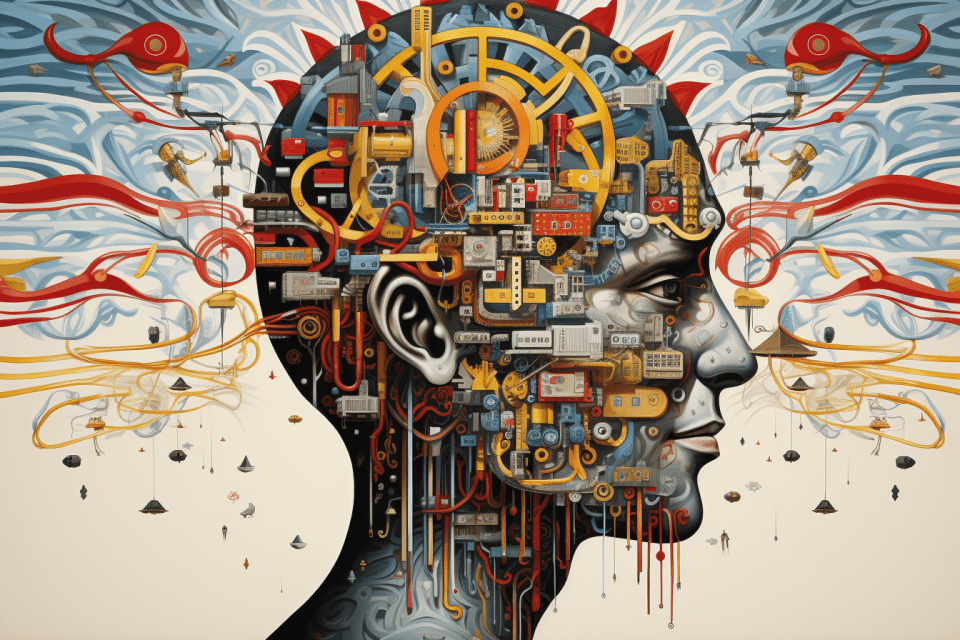Understanding the Brain’s Learning Mechanism: Prospective Configuration
The MRC Brain Network Dynamics Unit, in collaboration with Oxford University’s Department of Computer Science, has recently announced a significant discovery in neuroscience. The discovery was published with the title “Study shows that the way the brain learns is different from the way that artificial intelligence systems learn”. The Researchers have identified a new principle of brain learning, named “prospective configuration,” offering insights into the human brain’s superior learning mechanism compared to artificial intelligence (AI) systems.
Understanding Learning: Human Brain vs. AI
Traditional AI learning, predominantly based on backpropagation, adjusts model parameters to minimize errors in output. This process starkly differs from the newly discovered brain learning method. The human brain exhibits an exceptional capacity to rapidly assimilate new information while retaining pre-existing knowledge, a feat AI systems have yet to achieve. These capabilities have motivated researchers to explore the underlying principles of brain learning.
The Concept of “Prospective Configuration”
The principle of “prospective configuration” posits that the human brain optimizes neuronal activity into a balanced state before adjusting synaptic connections. This approach minimizes interference between new and existing information, enhancing learning efficiency. Computational models employing this principle have shown to learn more effectively and swiftly than current AI models in various simulations, excelling in tasks faced by animals and humans in natural settings.
Future Research and Implications
The research team, led by Professor Rafal Bogacz and Dr. Yuhang Song, acknowledges the gap between abstract models of brain learning and detailed anatomical knowledge. Future studies aim to understand how “prospective configuration” is implemented in specific brain networks. Additionally, the simulation of this principle in machine learning faces challenges due to current computational constraints, suggesting the need for innovative computing technologies or dedicated brain-inspired hardware for efficient and low-energy implementation.
Conclusion
This important discovery of the “prospective configuration” learning principle in the human brain not only enriches our understanding of neural processes but also holds significant potential for advancing AI technology. It suggests a new direction for AI research, aiming to develop learning algorithms that mimic the efficiency and adaptability of the human brain.
Image source: Shutterstock

